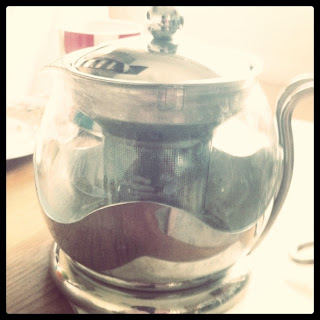Calendula - or pot marigold, as it is sometimes known - is one of the most useful flowers you could have in your garden. Although coming to the end of its season now, calendula flowers dry well and can then be stored for later use as needed.
Calendula is best known for its topical uses in treating a variety of skin conditions and ailments. It can be prepared as a bath tea, oil, salve, ointment or cream and there are lots of useful tutorials online to guide you how to do so. One of the simplest preparations is a bath tea which can be made in a tea 'bag' out of a muslin square, tied with cotton. Inside your muslin square, place a few teaspoons or a small handful of dried calendula flower petals, tie with cotton and then place into the bath water. You could add chamomile flowers to your mix for additional skin soothing benefits.
So what is calendula good for?
- Eczema and psoriasis or any other dry skin condition benefits from the soothing action of a calendula cream.
- Healing and soothing chapped skin such as nappy rash or chapped lips.
- A salve is useful for treating and promoting healing in minor cuts and abrasions.
- It has anti-inflammatory properties and can reduce the redness and discomfort associated with sunburn.
- More rarely, it can be used internally to treat inflamed mucous membranes.
Although calendula is considered non-toxic and safe to use topically, even on small children, it should not be taken internally during pregnancy.




















